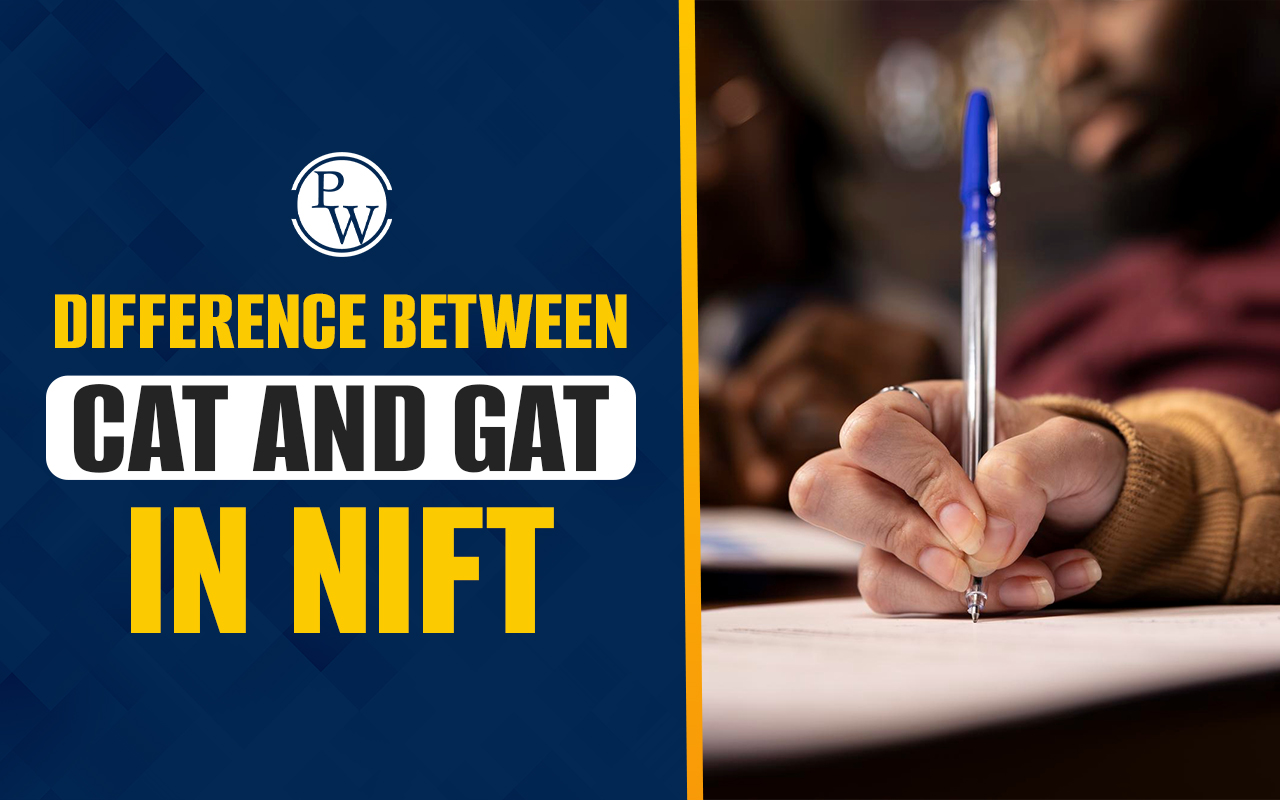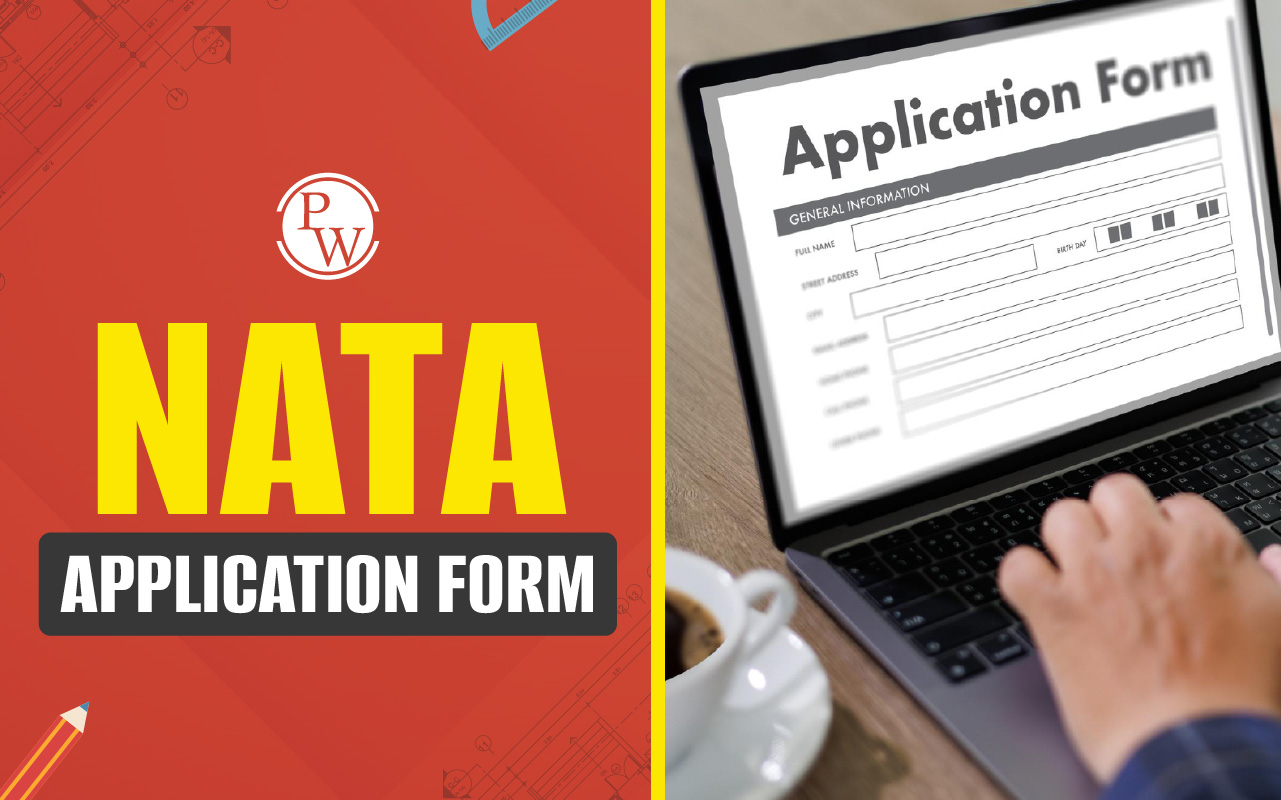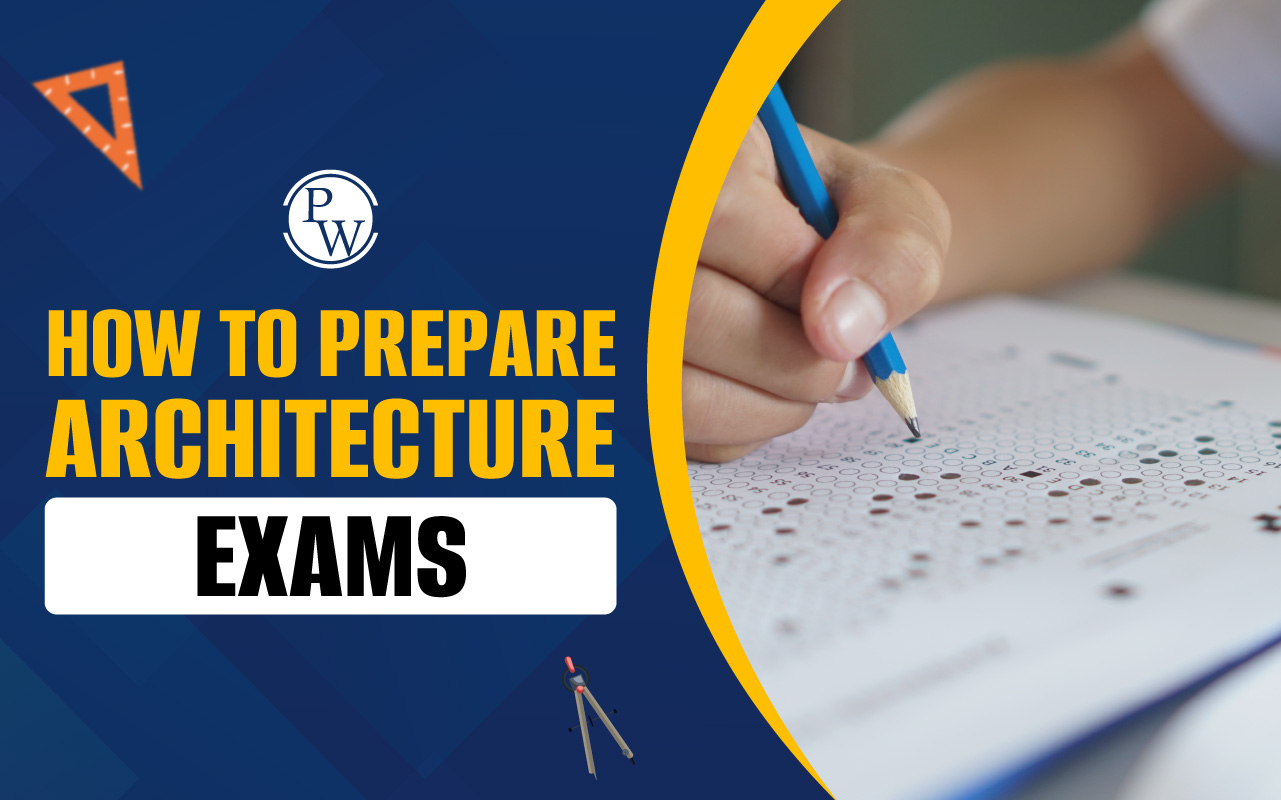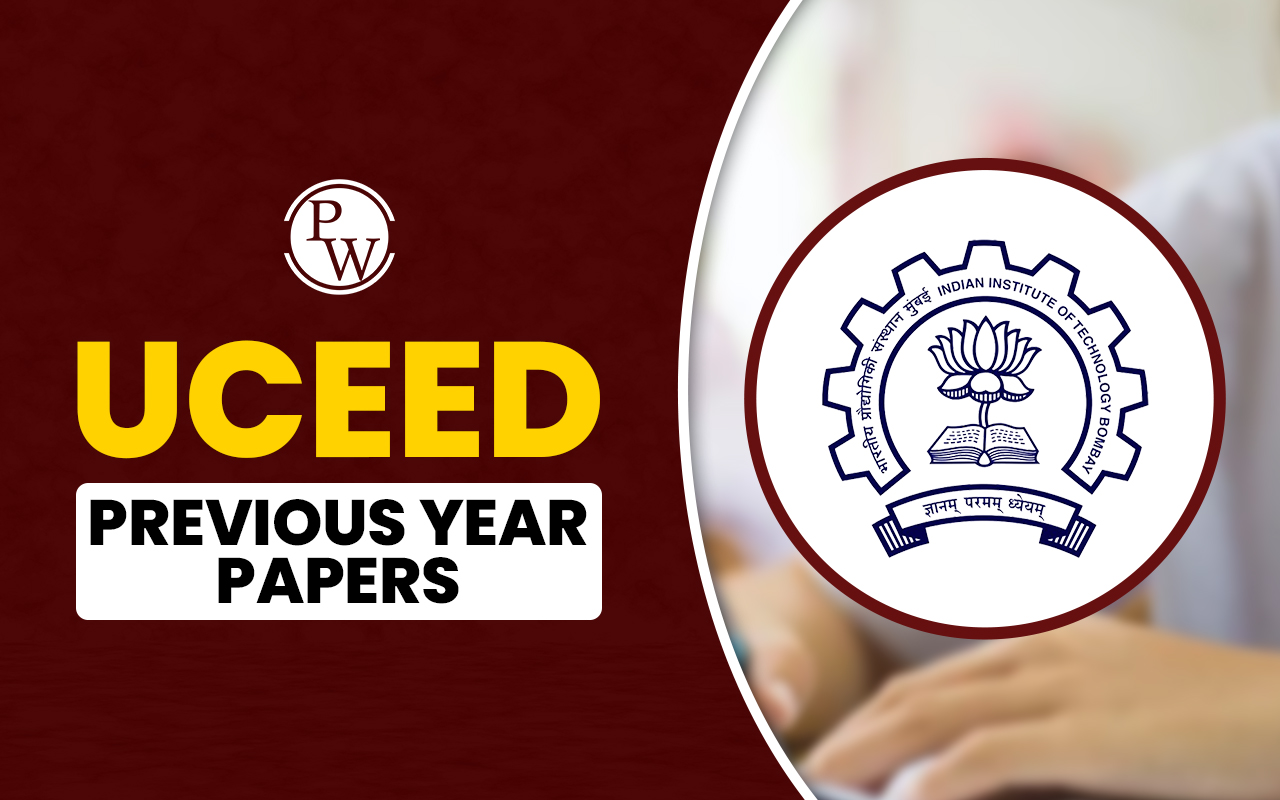
Architecture Entrance Exams: A career in Architecture is blooming through the years, and many students, after completing their 12th class, are indulging in architecture courses. Since the field is evolving and upskilling, the demand for skilled architects has never been higher, and thereby, many opportunities are opening up for the upcoming candidates.
Students interested in pursuing an architecture degree can appear for various architecture exams such as EE Main Paper II, NATA, GAT GITAM Admission Test, KIITEE, etc. These architecture exams are conducted at the university, national, and state levels. The national-level architecture entrance exams are considered difficult compared to the university level. After clearing the university-level entrance exams, candidates are given direct admission to the respective architecture courses. At the national and state levels, candidates have to take an entrance exam conducted by various top institutes and specific conducting bodies, followed by the counseling process.
List of Architecture Entrance Exams After 12th
To gain admission to various architectural courses at various universities, candidates have to clear the following Entrance Exam for Architecture after the 12th. Some colleges and universities conduct their own Architecture Entrance Exams for admission, while most of the architectural colleges offer admission through NATA, JEE Main Paper II, etc. The Entrance Exams for Architecture after the 12th are listed below.
- JEE Main Paper II (Joint Entrance Exam for B.Arch program)
- NATA (National Aptitude Test in Architecture)
- HITSEEE (Hindustan Institute of Technology and Science Engineering Entrance Examination)
- GAT GITAM Admission Test (Gandhi Institute of Technology and Management Admission Test).
- BSAUEEE (BS Abdul Rahman University Engineering entrance exam)
- KIITEE (Kalinga Institute of Industrial Technology Entrance Exam)
- AMUEEE (Aligarh Muslim University Engineering Entrance Examination)
Architecture Entrance Exams After 12th
The most prominent Architecture Entrance Exams in India are discussed below. Candidates can get an overview of the most popular Architecture entrance exams conducted in India.
1. NATA (National Aptitude Test in Architecture)
- To apply for the NATA Exam, candidates must have passed class 12th with at least 50% marks with physics, chemistry, and mathematics as compulsory subjects.
- Candidates who have completed their diploma in mathematics are eligible for the NATA exam.
- The NATA scorecard is valid for one year from the date of the result declaration. NATA scorecard is accepted by institutes at the time of admission.
- The top institutes that accept the NATA scorecard include Chandigarh College of Architecture, Jamia Islamia College of Architecture, Delhi, Dr Rizvi College of Architecture Mumbai, Sir JJ College of Architecture, IES College of Architecture, Dehradun Institute of Technology, etc.
2. Joint Entrance Exam for B.Arch Program (JEE Main Paper II)
- JEE Main is one of the toughest entrance exams for admission to architectural courses. It is a national-level exam for admission to NIIT, GFTI, and IIT institutes.
- To appear for the exam, candidates must have scored at least 75% marks in class 12th with PCM as the compulsory subjects.
- To gain admission to an IIT, candidates are required to take JEE Advanced.
- The JEE Main entrance exam will be conducted four times a year, from 2021 onwards.
- The exam will be conducted in March, April, and May.
- Candidates can appear for the exam in any of the months of their choice.
3. Kalinga Institute of Industrial Technology Entrance Exam (KIITEE)
- Candidates need a minimum of 60% marks in their class 12th with physics, chemistry, and mathematics as compulsory subjects.
- Different universities have different eligibility criteria for the B.Arch courses. While some universities require a minimum of 50% marks, some require 60% marks, and others require 75% marks in class 12th to apply for the exam.
4. JEE Advanced Architecture Aptitude Test (AAT)
- The Architecture Aptitude Test (AAT) is a specialized entrance exam conducted for candidates who have qualified JEE Advanced and seek admission to the B.Arch program at select IITs.
- The exam is conducted in a pen-and-paper format and lasts for 3 hours.
- AAT is offered in English language only.
- Admission to B.Arch courses at IIT Kharagpur, IIT Roorkee, and IIT (BHU) Varanasi is based on the AAT score.
5. Gandhi Institute of Technology and Management Admission Test (GAT GITAM Admission Test)
- For the GAT GITAM Admission Test, candidates need at least 50% marks with PCM as the main subjects.
- Hyderabad, Visakhapatnam, and Bangalore are the 3 campuses of the GITAM University.
- The GITAM University offers various undergraduate courses. GAT GITAM Admission Test is conducted by GITAM University only.
Excelling in the top architecture entrance exams for 2025-26 requires a strategic approach and a thorough understanding of the examination landscape. These exams, pivotal for gaining admission to prestigious architecture programs, assess a range of skills including design aptitude, spatial awareness, and critical thinking. Ultimately, a combination of focused preparation and a clear grasp of exam content will pave the way for success in these architecture entrance exams.
|
Other Related Links |
|
| B.Arch Admission 2025 | NIFT Personal Interview |
| BArch BPlan Cutoff | NATA 2025 Preparation |
Architecture Entrance Exams FAQs
What are the main architecture entrance exams in India?
What is the eligibility criteria for architecture entrance exams?
What is the exam pattern for NATA?
Are there drawing or sketching sections in all architecture entrance exams?
What topics are commonly tested in architecture entrance exams?










